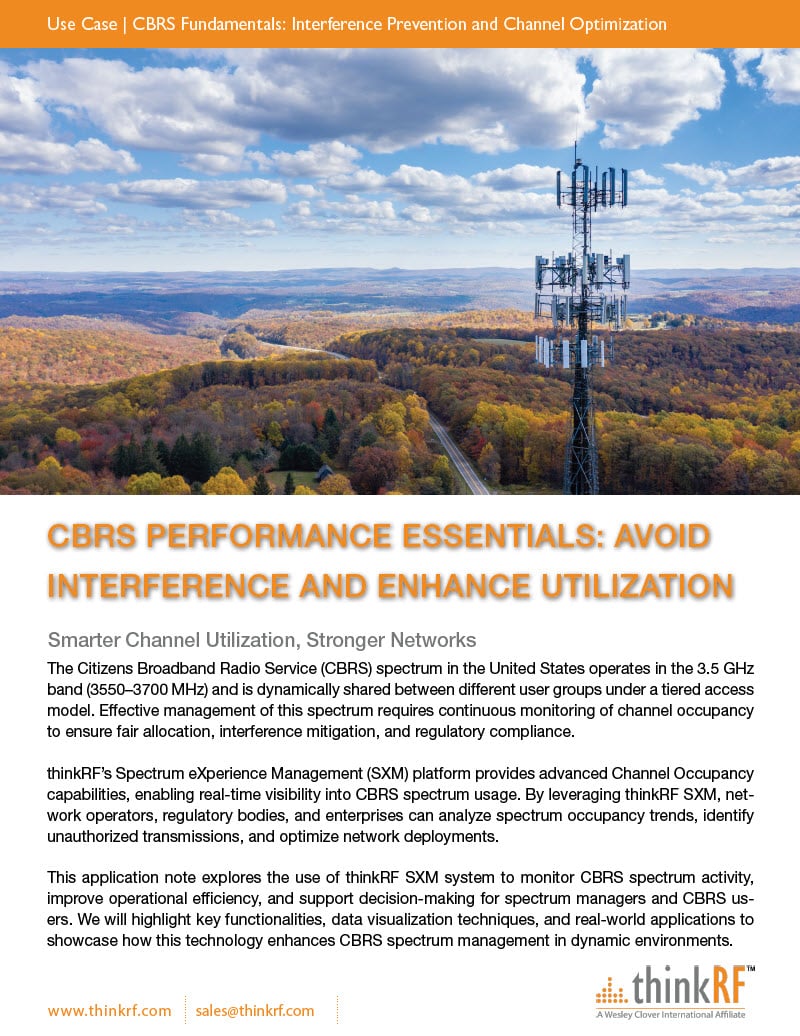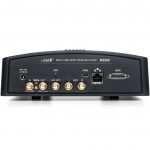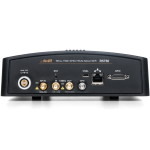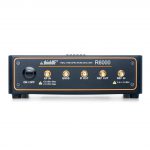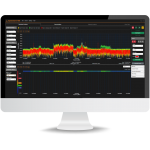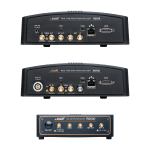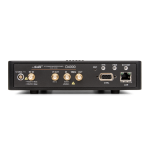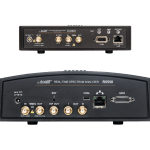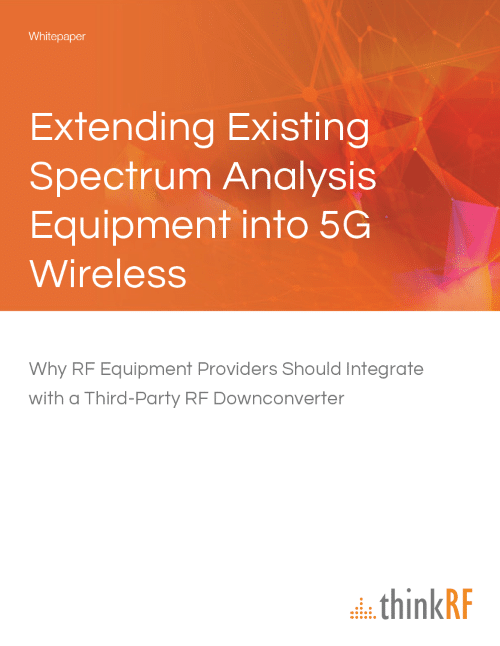Proactively Monitor Spectrum Boundaries
Know signal disruptions and cross border interferences before they negatively impact your bottom line.
Do you have real-time and continuous insights into your spectrum? Are you able to identify and address potential boundary issues before they escalate?
At thinkRF, we have made it our business to monitor spectrum continuously and we frequently come across findings of concerns, particularly in regards to cross border interference.
What’s Cross Border Interference?
When a mobile network operator (MNO) on one side of the border either national or regulatory, transmits and their transmission leaks across to the other side of the border which is not allowed.
This is fairly common phenomena along the borders of neighboring countries.
issues with CBRS Coexistence and TDD Coexistence?
What does this mean for your customers?
Dropped calls, poor signal quality, or difficulty connecting to a network are some of the issues, not to mention incurring roaming charges. By the time carriers’ call centers receive complaints or service cancellations, it is too late. While RF drive tests can be initiated to get to the root of the problem, they are lacking continuous coverage and are slow and expensive. Quick action is required to avoid customer dissatisfaction and further loss in roaming revenues.
Dropped Calls
Poor Signal Quality
Roaming Charges
24/7 Intelligence
Our team at thinkRF can monitor your spectrum continuously and autonomously and enable you to collect accurate, real-time and continuous data to protect spectrum and to avoid or minimize cross border interference:
Collecting data is easy and fast
By positioning our thinkRF Spectrum eXperience Management (SXM) nodes in strategic locations, we can identify in seconds what infrastructure has been deployed by which carrier, and what technologies are being used. SXM nodes are plug ‘n play. Data collection is continuous, and it is available in real-time.
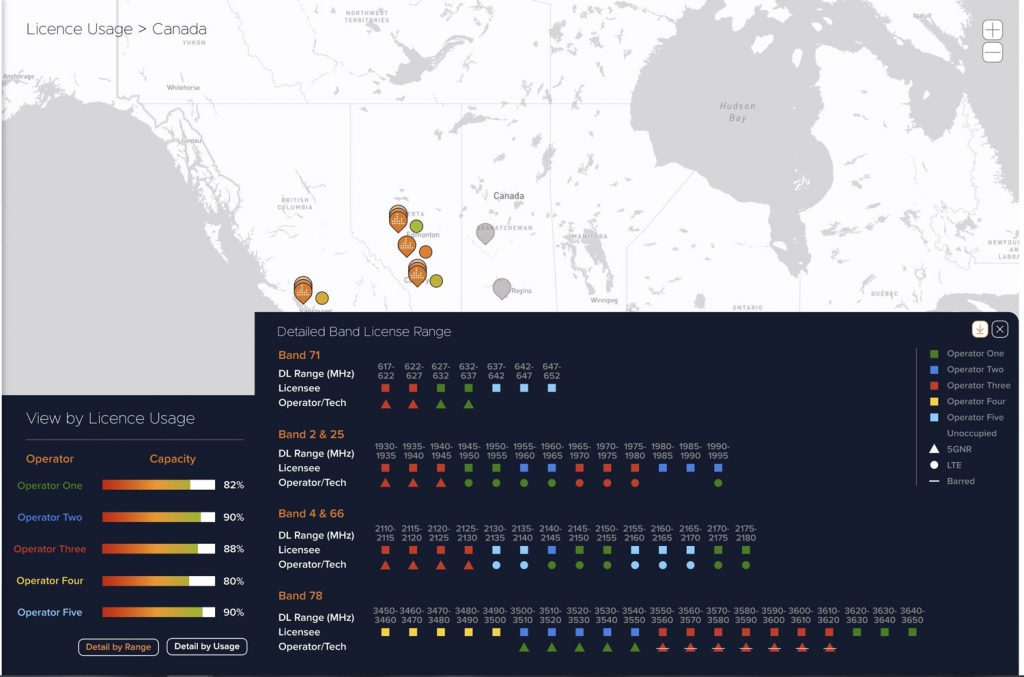
View License Usage
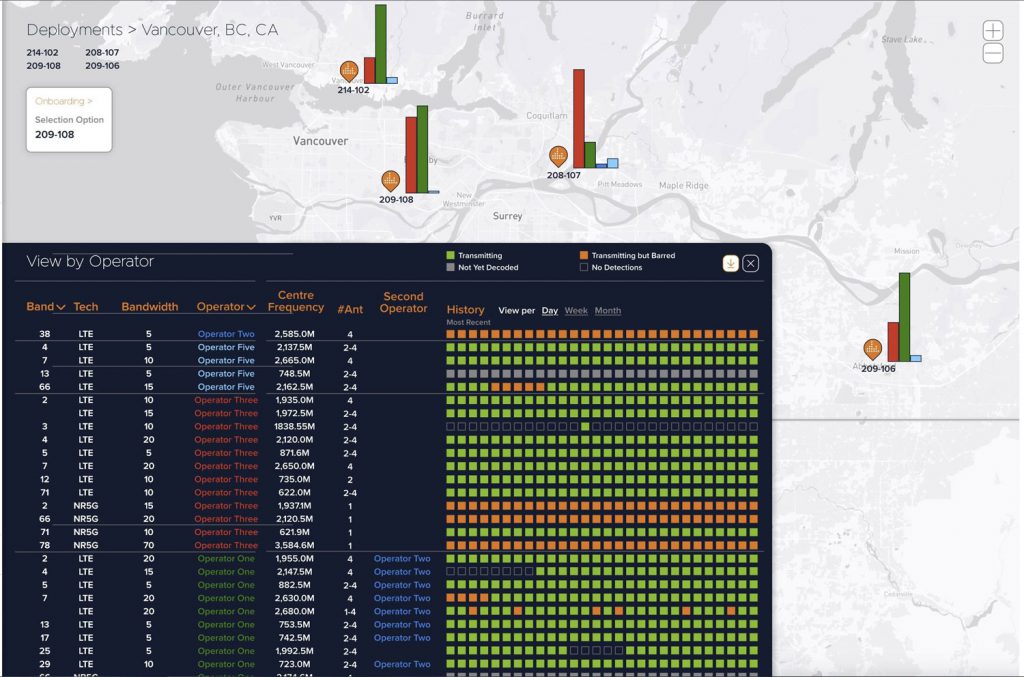
View Operators
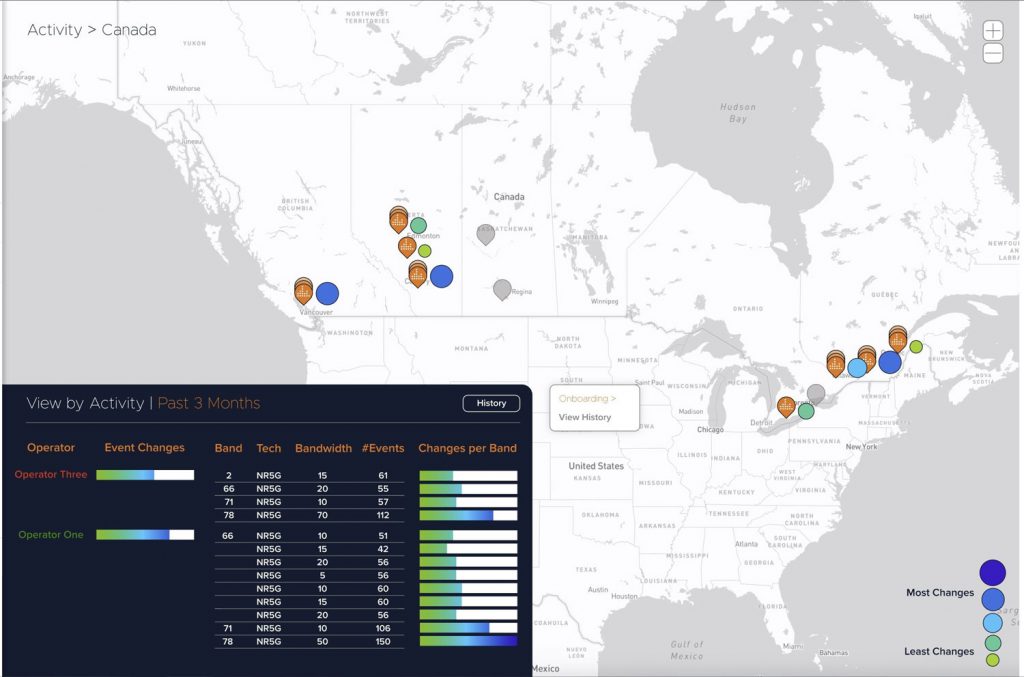
View Activities
Join the #spectrumrevolution
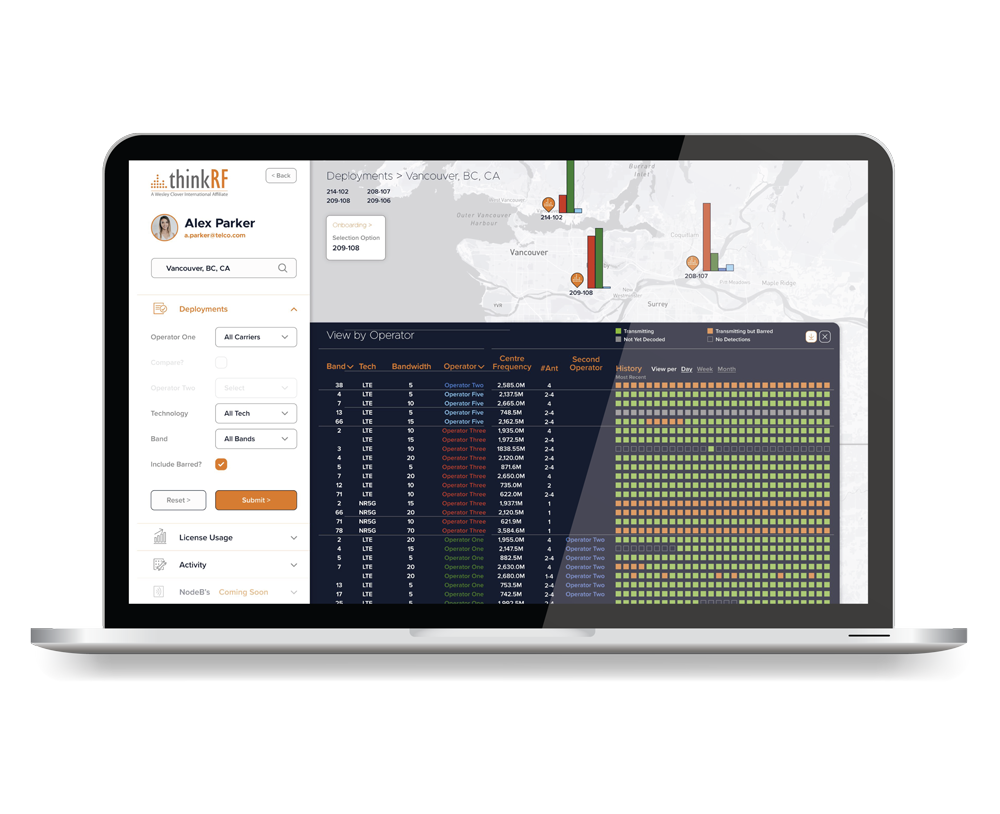
Spectrum Squatting Verified by SXM!
This case study proves spectrum squatting by an operator in Canada with concrete evidence. Read this case study to explore how a spectrum monitoring program was put in place continuously characterizing what infrastructure had been deployed by which operators and using what technologies.
Tip of the day: you will see which operators like Bell, Rogers, TELUS, and others are utilizing how much of their licensed spectrum!

